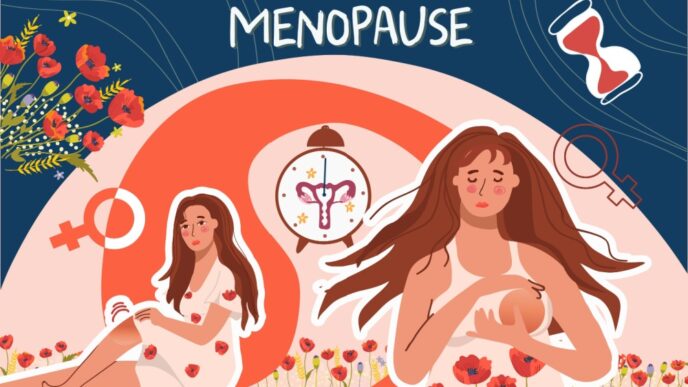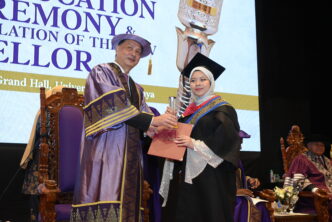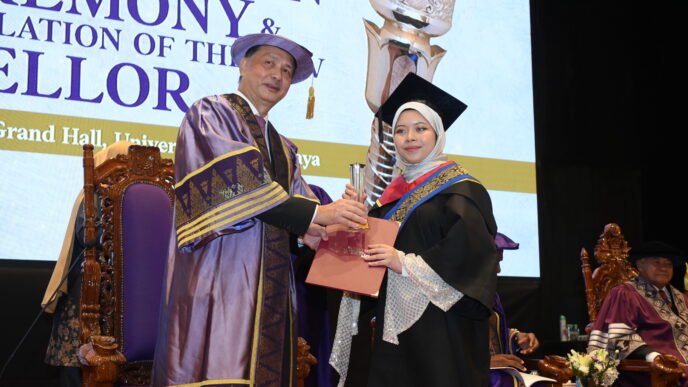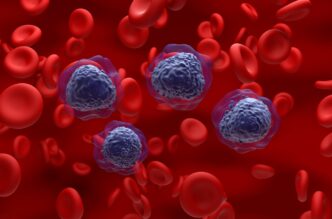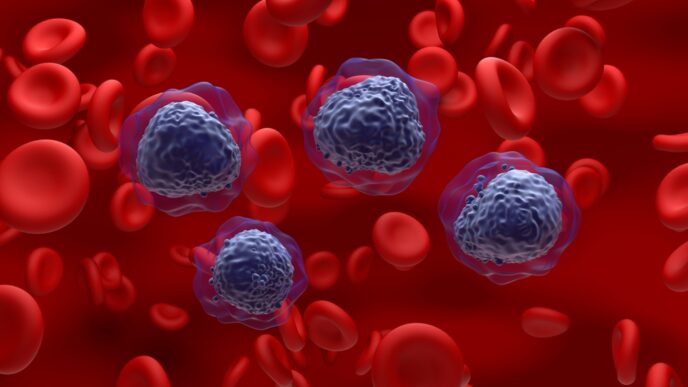Hyperhidrosis is a condition that causes one to experience excessive and uncontrolled sweating, even in the absence of heat, physical activity, and other factors that typically induce sweating. The affected person will sweat so much that their clothes will be soaked and sweat may even drip off their hands. Fortunately, there is a potential cure for the issue: a surgery called endoscopic thoracic sympathectomy.
WORDS LIM TECK CHOON
| We remember Dr Balaji Badmanaban, who sadly passed away in 2023. We hope this article will preserve his knowledge and the spirit with which he practiced medicine. |
 FEATURED EXPERT FEATURED EXPERTDR BALAJI BADMANABAN Consultant Cardiothoracic Surgeon |
WHAT REALLY HAPPENS IN THE BODY WHEN ONE HAS HYPERHIDROSIS?
To understand why endoscopic thoracic sympathectomy (or ETS for short) can be effective in stopping hyperhidrosis, we will need to first take a ‘behind the scenes’ look at the problem.
- Sweating is an involuntary process.
- It is controlled by our sympathetic nervous system, which is the network of nerves that help to regulate what are called our body’s ‘unconscious actions’.
- Unconscious actions, such as sweating, are processes that take place without requiring us to make a conscious decision to start the process.
- In the case of sweating, once the sympathetic nervous system is triggered to initiate the process, our body then proceeds to sweat without any input from our brain. In other words, our body doesn’t need us to tell it to start or stop sweating!
In hydrohidrosis, the issue stems from the sweat glands receiving their cues from the nerve cells to sweat profusely and excessively even during conditions or situations that will normally trigger such sweating.
ENDOSCOPIC THORACIC SYMPATHECTOMY (ETS) IS A PERMANENT SOLUTION
| Consultant dermatologist Dr Ch’ng Chin Chween shares with us some non-surgical options to address excessive sweating in this article. |
“These treatments are not permanent, as a result,” Dr Balaji Badmanaban told us. “One may end up paying for more, over the long term, for these temporary solutions.”
On the other hand, ETS is a surgery that potentially offers a permanent solution for some people with hyperhidrosis.
What Does It Do?
Dr Balaji explained that in ETS, the surgeon cuts the nerves connected to the body part that sweats excessively and constantly.
- ETS helps to address excessive sweating of the palms and armpits.
- There is a 95% success rate when ETS is carried out on the palms.
- For the armpits, the success rate is about 85%.
Who Would Best Benefit from ETS?
ETS can be considered for:
- People whose main complaints are the excessive sweating of their hands
- Children that suffer embarrassment or bullying due to their excessive palm-sweating
- People whose excessive palm-sweating can be an occupational hazard, such as pilots unable to properly grip their controls or people in the armed forces unable to properly handle firearms
“This is provided that there are no other underlying causes of the sweating such as thyroid gland or pituitary gland issues,” Dr Balaji elaborated.
If underlying causes are present, then they need to be addressed first.
GOING FOR AN ETS
According to Dr Balaji, during the surgery:
- The surgeon will place the patient under general anaesthesia.
- They then make two small 5 mm-cuts in the patient’s armpit.
- Then, some small devices will be inserted through the cuts (including the endoscope —a thin, flexible tube with an attached light source to allow the surgeon to have a better view of the surgery).
- With the aid of these devices, the surgeon will locate and snip the nerves that control sweating in the area affected by the patient’s hyperhidrosis.
- The surgeon then repeats the procedure on the other armpit.
Provided all goes well and there are no complications, the whole procedure can take about 50 minutes to 1 hour.
The patient will be asked to stay for a 1- or 2-day observation before they are discharged.
They will be asked to return a week later to the hospital, for the surgeon to remove the stitches in their armpits.
How Soon Can One See the Positive Results?
“The results are instantaneous,” said Dr Balaji.
The patient will notice the positive changes very quickly after the surgery.
A POTENTIAL SIDE EFFECT OF ETS
There is one side effect that people need to be aware of when they are considering ETS as a solution for their hyperhidrosis: compensatory hyperhidrosis.
“In ETS, the patient’s nerves are cut,” Dr Balaji explained.
- This can lead to sweat glands in another part of the body to become hyperactive.
- For people that had ETS done for their palms, it is common for compensatory hyperhidrosis to develop in their back or below the belly button.
Up to 60% of people that have undergone ETS will experience compensatory hyperhidrosis.
To date, compensatory hyperhidrosis is still a poorly understood condition, so there is no way to accurately determine, before the surgery, one’s risk of developing it.
TALK IT THROUGH
“Before consenting for the surgery, the patient will have a thorough discussion with the surgeon on both the benefits and potential complications or side effects of the surgery,” said Dr Balaji.
This is a good opportunity for the patient to develop a realistic expectation of the outcome of the surgery.
If the patient has any questions or concerns, they should bring these up to the surgeon to clear the air.
| This article is part of a series that shines the spotlight on skin health. |




